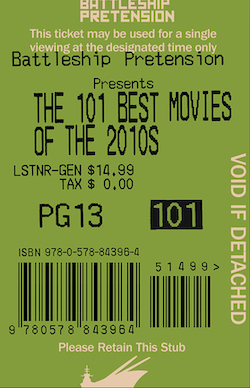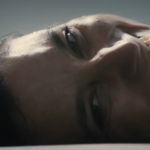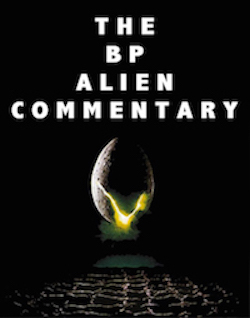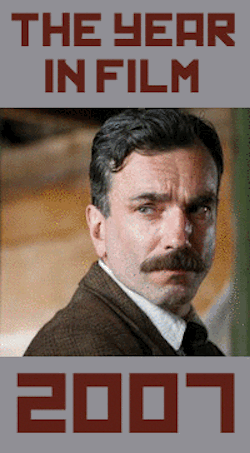West Side Story: Half Turn, by David Bax
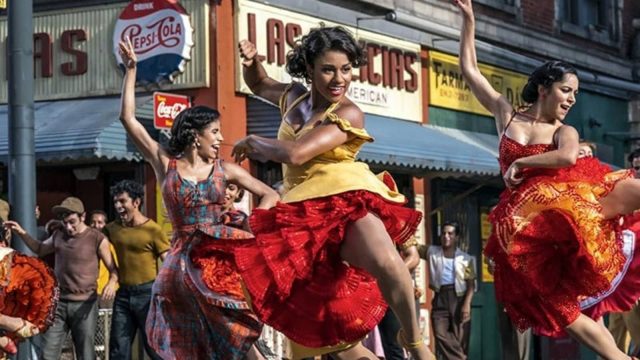
It’s not that I was skeptical about the notion of Steven Spielberg directing a big budget, throwback musical; on the contrary, that sounds like a terrific idea on its own. But I was trepidatious about the fact that he was taking on this musical, West Side Story, updating Robert Wise and Jerome Robbins’ 1961 classic. That movie is one with which I have had a long journey, from insecure, too-cool-for-school budding cinephile me finding it unforgivably corny to the more sophisticated (and only slightly less insecure) me finally learning to greet it as the masterpiece that it is. This new West Side Story mostly either addresses my worries or is simply good enough to render them unimportant. A few of my major misgivings still leave me feeling at war with myself (like a couple of rival street gangs bashing it out in my head) but the final result has to be named a success.
So what did Spielberg change? Well, the most important thing is a straightforward but monumental corrective. All of the Latino characters are played by Latino actors. The darkened skin and fake accents of Natalie Wood and George Chakiris are what make the 1961 film a relic, incompatible with modern values despite the progressive attitudes embedded in Stephen Sondheim’s book and lyrics. It’s impossible to deny that this change alone justifies the update. In addition, Spielberg restages and, in at least one case, reorders the musical numbers, changing their backdrops and meanings in ways that don’t make you feel like you’re just watching a different troupe’s production of the same play. And, as for what Spielberg didn’t change, the new film maintains the older one’s vision of its low-income New York City neighborhood as an unnatural place, hostile to human life, with every blade of grass paved over and every sprout of foliage bricked up.
These differences and similarities are all to the film’s credit. Yet the changes with which I had the most difficult time aren’t Spielberg’s but rather those made by screenwriter Tony Kushner. I’m not talking about modernizations like unsubtitled Spanish or the underlining of Anybodys’ gender identity; those are winning updates (though I’m less crazy about hearing a character say that something is “not even a thing,” a phrase that was not in common usage even 30 years ago, much less 60).
No, I’m referring to the way that Kushner’s dialogue, especially in the mouth of Corey Stoll’s Lieutenant Schrank, makes the stakes more explicit. Race, class, gentrification… These things were all in the mix to begin with. By elucidating these themes so conspicuously, the film not only makes it seem even sillier that these young men are dance-fighting about them, it also condescends to the source material, taking on the air of the kind of smug neophyte who thinks he’s the first person to notice that, say, there are critiques of capitalism in It’s a Wonderful Life.
But on to what makes West Side Story, as I said, a success. Cinematographer Janusz Kaminski and Spielberg have been working together since 1993’s Schindler’s List and the results have always been impeccable. But West Side Story might be as synchronous as the pair have been since the early 2000s run of A.I. through Munich. The new film is bright but doesn’t look overly D.I.’ed the way that so many period pieces of late are. You know the ones, where the colors look as if they’re generated from within bodies like LED screens. West Side Story actually looks like it was lit by lights. The space between objects is full, almost tangible, the same way the space between 1961 and 2021 is rendered knowable and traversable.
Kaminski’s camera moves in broad, fluid strokes, just like the dancers do. The most exciting thing about West Side Story is how inseparable the choreography of one is from that of the other. This is the promise of Spielberg’s big budget musical fulfilled. Even if I chafe at why it had to be this one, I wouldn’t give it up.












